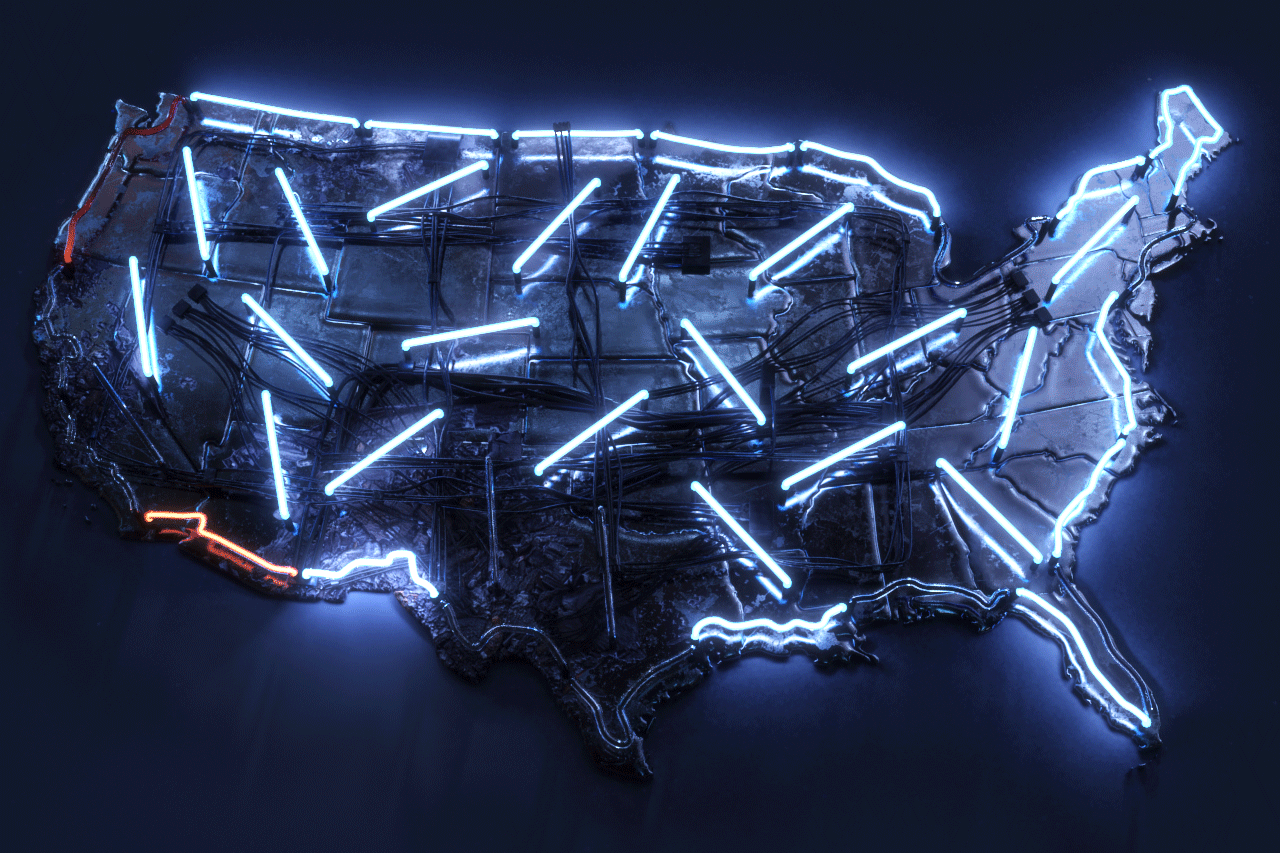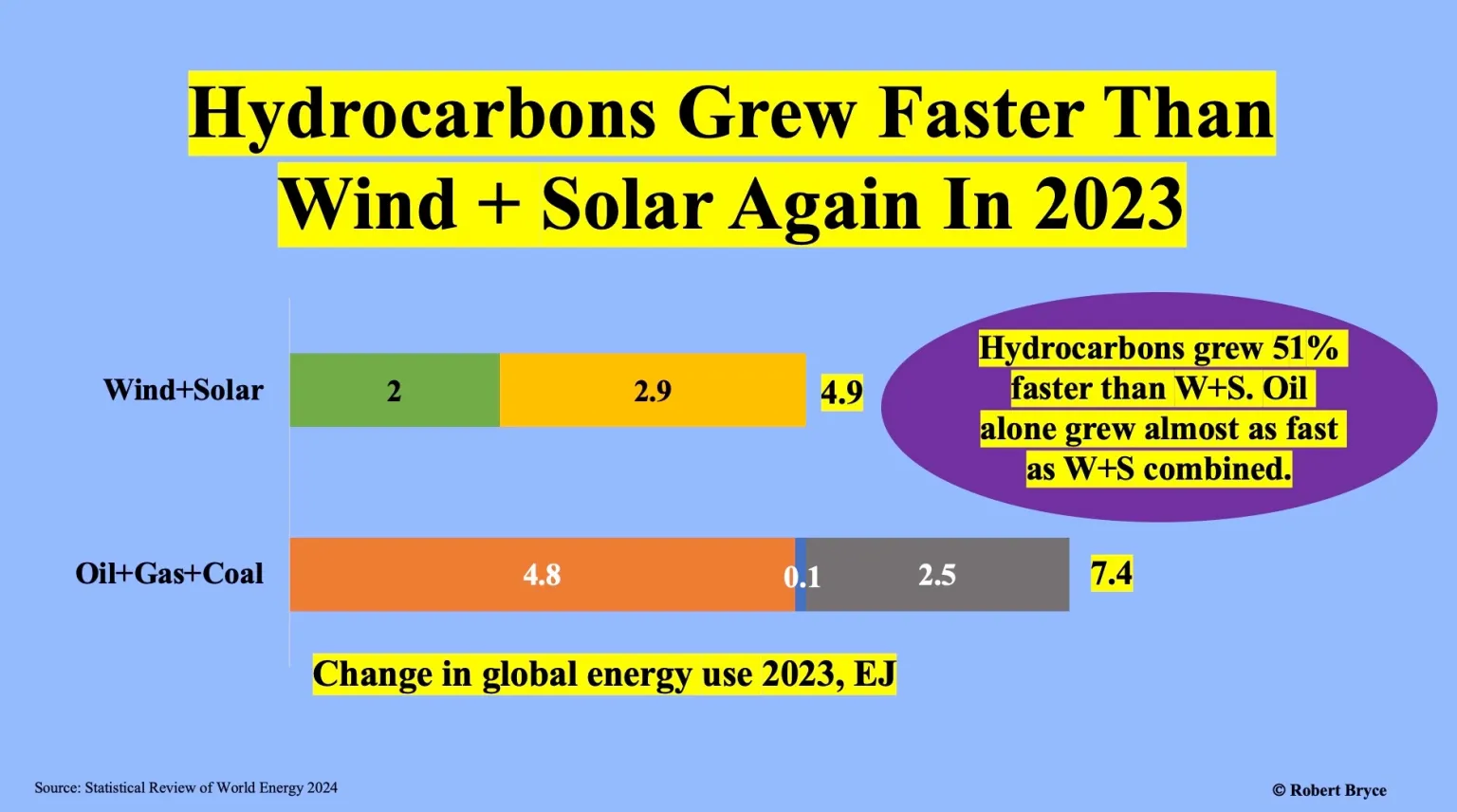Regarding nuclear power generation. Agreed, it is the cleanest of them all. But in my life thus far, I can't tell you how many people I've encountered who are ignorant of just how safe it is. They can only think of the few 9and it is relatively few) reactor accidents that are regularly brought up during any discussion on the topic.
So let's address those in chronological order starting with the oldest. There are 3 reactor accidents/disasters people love to bring up: Chernobyl, Three mile Island, and Fukushima Daiichi (usually just referred to as "Fukushima").
Three Mile Island - March 28, 1979 - Occurring before Chernobyl, this was the world's introduction to a reactor meltdown type event. But it was only a partial meltdown and it was contained (however, not before some amount of radioactive gas was released to the atmosphere). The event affected Unit 2 at the plant (the plant having 2 power generation units) and Unit 1 remained in operation all the way until it was decommissioned in 2019!
The reactors at Three Mile Island are of a Pressurized Water Reactor design (PWR), which is the most common reactor design in use across the world at this time.
Chernobyl - April 26, 1986 - Prior to the Fukushima reactor meltdown, this has meltdown has, without dispute, been considered the worst nuclear reactor accident in human history. This was the result of several mistakes, some of them of a political nature, but also partially because of the reactor design itself. This was a "graphite moderated" reactor which showed it's design weaknesses during the ensuing disaster.
According to this website: https://www.nei.org/resources/statistics/world-nuclear-power-plants-in-operation
There isn't a single "RBMK" graphite moderated reactor still in operation.
Fukushima Daiichi - March 11, 2011 - This meltdown is considered to be the worst nuclear disaster in human history (at this time, and hopefully it remains that way). Fukushima Daiichi was a plant consisting of 4 power generation units. The plant was compromised in the tsunami that occurred as a result of the Tohoku earthquake. Units 1, 3 and 4 suffered structural damage caused by a hydrogen-air explosion in the wake of the initial reactor damage. Unit 2 avoided such an explosion due to steam venting. All 4 units are inactive and there are cleanup efforts continuing to this day (it will likely take decades to complete the clean-up process provided another major natural disaster doesn't hit the facility site).
And there lies one of the major issues with this accident. The location of the plant itself. They built this plant right on the coast line, literally.

Now, building a nuclear plant near a coastline is not necessarily unheard of. As risky as it seems, as long as the area the plant is built in is not prone to major natural disasters (or is built to survive them), building next to a coastline has an advantage of ready access to cooling water.
But Japan is a country that sits ON the "ring of fire" and is highly prone to tectonic activity. Earthquakes are common there. My wife and I spent a week there back in 2016 when we were just dating and during that 1 week we experienced an earthquake. Not a very powerful one, but we happened to be up on one of the top levels of the Osaka Natural History Museum building when the earthquake hit and you could feel the building sway.
When the Tsunami hit the facility, it damaged everything, including the emergency backup systems.
In my opinion, this accident was at least partially the result of bad planning on the part of the plant designers and of the administration that approved it's construction at it's location. I'm not saying that Japan shouldn't have nuclear power plants, they have several others that are still in operation, but as a country, they need to be incredibly careful about WHERE they build a plant and HOW they build it. Take into consideration that the entire country experiences earthquakes and tsunamis.
Fun fact about the Tohoku earthquake. I was attending my local community college at the time and had a physics class during the semester this earthquake event occurred. The building that my physics class was in had a working seismometer in a plexiglass case on display in one of the public areas. You could just walk up and watch the paper drum rotate and the various needles move, if they moved at all. Most days they didn't, where this college is in California, there isn't much earthquake activity. However, the morning the Tohoku event occurred, the seismometer in the building registered it and not with small needle movements. It's amazing the shear power behind a major tectonic event, to send a shockwave across the ocean. It's approximately a 4,900 mile distance from the Tohoku region to Sacramento, California.
As a final note, look at this website specifically about US nuclear power plants and realize how useful they are in this country.
https://www.nei.org/resources/fact-sheets/u-s-nuclear-plants















 Figure 2. below. Liquid metal fast breeder reactor
Figure 2. below. Liquid metal fast breeder reactor














